The 13th Iranian Steel & Iron Ore Market Conference & Expo, also known as “ISMC 2023”, opened in Tehran on Monday.
The event is annually hosted by the Donya-e-Eqtesad Media Group (the parent company of Financial Tribune), with the participation of top steel industry officials, experts and businesspeople.
According to the Persian economic daily Donya-e-Eqtesad’s report on its website, the two-day conference and expo held in Tehran’s Olympic Hotel focused on:
- Long-Term Supply of Iron Ore and Raw Materials, Sustainable Policymaking and Infrastructure Requirements,
- The Imbalance of Supply and Demand of Steel (Exports and Domestic Sales), the Necessity of Preparing a Comprehensive Plan for Steel on the 2025-26 Horizon,
- The Role of Active International Economic and Political Relations in Selling Products and Indigenization of New Technologies,
- Investigating the Decline in Domestic Consumption and the Large Gap Between the Domestic Price and Global Price of Steel Products
- Effects of Infrastructure Challenges and Energy Issues on Production: Economic and Social Instability, and
- Green Steel, Environmental Requirements of the Steel industry and Iran's Position in Improving Production Technology.
Uptrend in Production, Export
The report noted that despite the country's economic instability in recent years, steel and iron ore industries have been able to maintain its growing trend in terms of production and export, such that non-oil exports in the first four months of the fiscal 2022-23 [ended March 20], iron and steel ingots were among the top 10 commodities that accounted for the bulk of exports.
“According to expert predictions and based on the steel export target, 14 million tons of steel products should be exported in the fiscal 2023-24, which is about 4 million tons more than the steel export in 2022-23. Therefore, at a time when sanctions on our country limit the possibility of economic exchanges with other countries, it is necessary to take action to improve the quality of products and improve trade interactions with other countries to maintain and grow the amount and quality of production and export of steel products,” it said.
“On the other hand, among metal industries, although the value added of products and alloys of non-ferrous metals industries such as copper, aluminum, lead, zinc and gold is high, they are less noticeable and need more attention compared to previous years. In addition, considering long-term sanctions, these metal industries offer an ideal opportunity for exporting and absorbing foreign currencies. A remarkable example of this fact is that copper exports earned more than $981 million from the beginning of April to the end of November.”
The aim of holding this event, the report underlined, is to create an opportunity for government officials and the private sector, as well as domestic and international associations, to exchange ideas and information.
Major Steel Producer in the World
According to the World Steel Association, Iran registered the biggest growth in crude steel production last year among the top 10 biggest producers in the world.
Iranian steel mills produced a total of 30.6 million tons of crude steel in 2022, registering an 8% rise compared with 2021.
In terms of world ranking, Iran maintained its global standing as the world’s 10th biggest crude steelmaker.
China was the world’s largest producer with 1.01 billion tons, down 2.1%. It was followed by India with 124.7 million tons (up 5.5%), Japan with 89.2 million tons (down 7.4%), the United States with 80.7 million tons (down 5.9%), Russia with 71.5 million tons (down 7.2%), South Korea with 65.9 million tons (down 6.5%), Germany with 36.8 million tons (down 8.4%) and Turkey with 35.1 million tons (down 12.9%).
Iran was placed after Brazil (ninth) with 34 million tons (down 5.8%).
Risks and Hurdles
The ISMC 2023 conference opened with a keynote speech by Alireza Bakhtiari, CEO and owner of Donya-e-Eqtesad, who touched upon the risks and hurdles facing Iran’s steel industry, historically a major economic sector in the country considering its vast reserves of iron ore.
“Iran’s steel industry suffers from outdated technology and equipment, which make it incapable of producing high quality products. A lack of investment in research and development has also impeded innovation and product diversity,” he said.
Bakhtiari noted that Iran’s steel industry has increasingly grown dependent on domestic market amid sanctions and commercial roadblocks, which has limited its access to global markets.
Data released by the Iranian Steel Producers Association shown despite an increase in production, the industry registered a decline in exports in the last Iranian year that ended on March 20, 2023.
Iranian steelmakers produced a total of 30.43 million tons of semi-finished products during the period, 9% more than in the previous year.
The production of billet and bloom stood at 18.74 million tons, registering a 12% rise. Slab output stood at 11.69 million tons to mark a 4% rise.
The output of finished steel increased by 10% to 21.59 million tons.
Long steel products grabbed the highest share of finished steel output with 12.53 million tons, registering a 12% increase.
The production of rebar stood at 10.39 million tons (up 14%), beams hit 1.29 million tons (up 6%) and L-beam, T-beam and other types of beams amounted to 851,000 tons (up 2%).
Flat steel production reached 9.06 million tons (up 8%) while hot-rolled coil output had the biggest share of flat steel production with 8.73 million tons, marking a 5% rise. It was followed by cold-rolled coil with 2.41 million tons (down 7%) and coated coil with 1.49 tons (down 1%).
The output of direct-reduced iron stood at 31.73 million tons during the period, up 5%.
ISPA data also show 7.37 million tons of semi-finished steel products were exported to register a 4% decrease compared with the previous year.
Billet and bloom had the lion’s share of semis exports with an aggregate of 5.32 million tons, up 4% compared with the year before.
Slab exports stood at 2.04 million tons, down 21%.
Exports of finished steel products declined by 6% during the same period to 3.19 million tons.
Rebar accounted for the biggest share of finished steel exports from Iran during the period with 2.42 million tons. The total volume of Iran’s rebar exports experienced a 3% decrease compared with the fiscal 2021-22.
Beam shipments weighed 136,000 tons during the period under review, down 6%.
About 174,000 tons of L-beam, T-beam and other types were also exported from Iran during the period, down 13%.
Hot-rolled coil exports hit 357,000 tons, registering an 18% decline while that of cold-rolled coil with 21,000 tons registered a 24% rise and that of coated coil with 83,000 tons, saw a 28% fall.
Iran exported 864,000 tons of direct-reduced iron during the year, down 18%.
Bakhtiari stressed that environmental concerns, including air pollution and water shortage, are among other major concerns in the steel industry.
At the end, he said command pricing in all markets, including that of steel, is detrimental to industrialists and stakeholders and briefly dwelt on energy restrictions experienced by Iranian steelmakers.
Energy Restrictions
The topic was later picked up by another speaker, Keyvan Jafari Tehrani, a prominent steel and iron ore market analyst.
Shortage of gas has become a major headache for the steel industry in recent years, as it has intensified lately. With a drop in temperatures in the winter, domestic energy consumption rises sharply amid cheap gas price in the country. This is while Iran has the world’s second largest reserves.
Amid the shortage, the state-run National Iranian Oil Products Distribution Company cuts supply to industries in a bid to meet the growing needs of households.
Summertime comes with its own series of problems as increase in temperatures leads to a rise in domestic electricity consumption (also courtesy of cheap energy in Iran), which culminates in frequent blackouts and dry taps. The situation prompts authorities to prioritize domestic users over industries in supplying power.
As the manufacture of steel is an energy-intensive process, mills are restricted by the Iran Power Generation, Distribution and Transmission Company and are only allowed to work at a fraction of their capacity during specific period.
“In spite of sanctions, we can maintain our exports by forming consortiums and utilizing third countries [for reexports],” Tehrani concluded his speech, calling on Iranian steel exporters to seize the opportunity in the recent rapprochement between Tehran and Riyadh, and contribute to construction projects in Saudi Arabia.
A Third of Production Capacity Idle
Bahram Soltani, the head of Iranian Steel Producers Association, was the next speaker. He is also of the opinion that when it comes to analyzing the problems facing the Iranian steel industry, domestic policymaking is causing more trouble than sanctions.
According to Soltani, the installed production capacity of Iran’s steel industry is around 45 million tons per year, about a third of which is idle at present.
He criticized expansion plans in the steel sector and said authorities need to be thinking of efficiently making use of the existing capacities.
“We produce about 30 million tons of steel per year. Domestic consumption is between 17 and 16 million tons at most, which means around 10 to 12 million tons need to be exported,” he added.
According to ISPA, apparent steel use in Iran rose 14% in the fiscal 2022-23 (ended March 20) compared with the year before.
ASU is defined as production plus imports minus exports, sometimes also adjusted for changes in inventories. It stood at 19.4 million tons for finished products, registering a 14% increase compared with the previous year.
Long steel products accounted for the biggest share of finished steel consumption with 9.97 million tons, up 18%.
Rebar grabbed the biggest share in this section with 8.09 million tons, up 21%; followed by beams with 1.17 million tons, up 7%; and L-beam, T-beam and other types of beams with 718,000 tons, up 6%.
Flat steel products accounted for 9.09 million tons of finished steel apparent use, up 8%.
Among flat steel products, hot-rolled coil had the biggest share with 8.7 million tons (up 9%), followed by cold-rolled coil with 2.63 million tons (down 7%) and coated coil with 1.6 million tons (up 14%).
ASU stood at 23.06 million tons for semi-finished products, registering a 14% rise.
The apparent use for billet and bloom stood at 13.42 million tons, up 16%. For slab, it increased by 11% to 9.64 million tons.
Direct reduced iron consumption stood at 30.86 million tons during the period under review, up 14%.


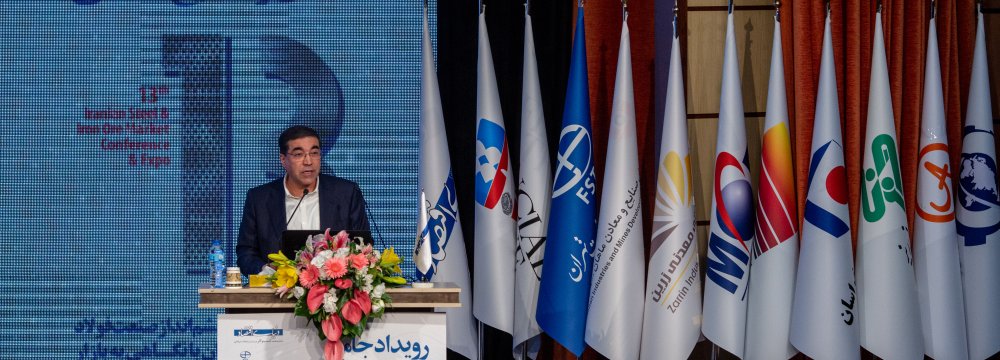
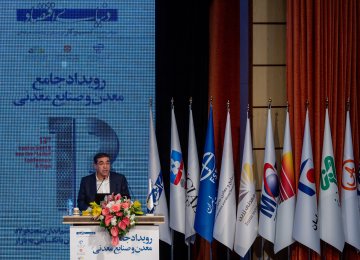
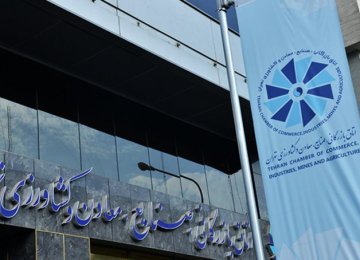
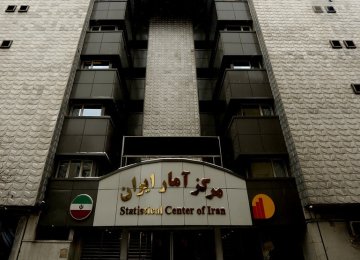
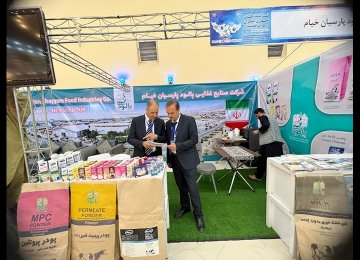
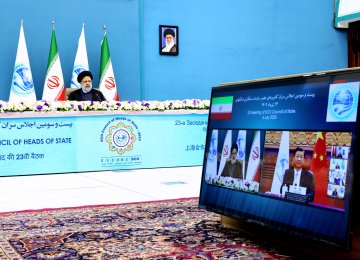

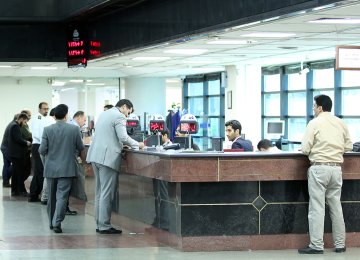
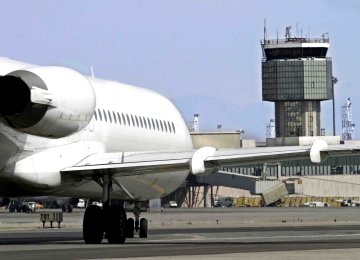


Add new comment
Read our comment policy before posting your viewpoints